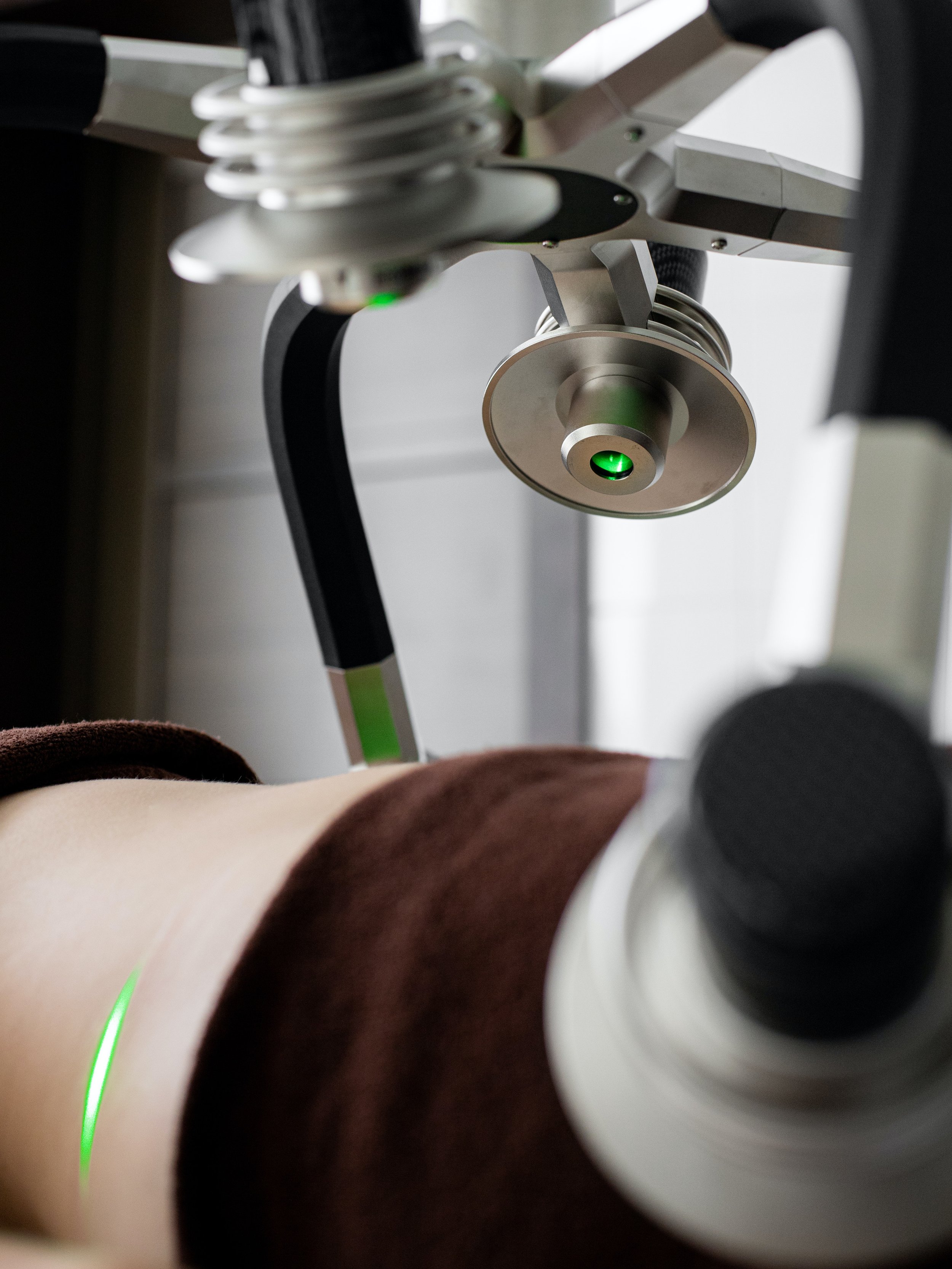Does Medicare Cover Laser Treatment for Toenail Fungus?
Toenail fungus is caused by a fungal infection of the toenails, known medically as onychomycosis. You can identify toenail fungus by the white and yellow spots covering the nail. In most cases, toenail fungus will resolve itself or after treatment with a home remedy. However, in some instances, the fungus stubbornly does not stop, spreading deep into the nail, requiring medical/podiatric attention. Today, we answer the questions of - “Does Medicare Cover Laser Treatment for Toenail Fungus?” & “is laser toenail fungus removal covered by insurance?”
For patients, it raises several questions regarding funding from either Medicare or an insurance policy. We're explaining whether Medicare covers laser treatment for toenail fungus, as well as the stance of most insurance policies. We'll also cover when you should seek medical attention and what treatment involves.
Does Medicare cover laser treatment for toenail fungus?
Is laser toenail fungus removal covered by insurance?
When to seek medical attention for toenail fungus
How to treat toenail fungus
Does Medicare cover laser treatment for toenail fungus?
Treating toenail fungus is critical, as the longer it is left, the more damage can occur. As a rule, however, routine foot care is not covered by Medicare. That includes routine podiatrist visits for most individuals. Exceptions include podiatrist visits for individuals with diabetes-related nerve conditions and others with foot diseases or injuries.
If the podiatrist identifies toenail fungus in need of medical treatment, coverage may occur for such individuals under Medicare Part B, Original Medicare, or Medical Advantage plans.
Medicare Part B will cover "medically necessary" services, including doctor visits and care in an outpatient setting for toenail fungus diagnosis and treatment. Original Medicare, on the other hand, will likely pay 20% of the "Medicare-approved" cost, and the Part B deductible will also apply.
Medication is often prescribed for a toenail fungal infection. If so, you will need to be enrolled in Part D prescription drug coverage for help. Under Original Medicare, a stand-alone Prescription Drug Plan (PDP) may also help cover the costs.
Is laser toenail fungus removal covered by insurance?
Without insurance, the cost of toenail fungus treatment can vary from a few hundred dollars to over a thousand dollars, depending on whether you choose prescription medications or laser treatment. Over-the-counter (OTC) medications, like topical antifungal creams and ointments, typically cost around $5-$20.
Most health insurance plans are likely to cover prescription medications for toenail fungus. However, toenail fungus is notoriously difficult to treat, and recurrence rates are high. That's why many podiatrists advise patients to try laser treatment: the most advanced remedy for toenail fungus.
Laser treatment can cost anywhere from several hundred dollars to over a thousand, depending on the type of laser used. It is substantially more effective than medications, however. Regardless, the additional cost will mean you should check with your insurance provider to find out if it is covered under your treatment plan. You will likely need to pay copays plus 10% to 50% coinsurance.
When to seek medical attention for toenail fungus
According to the American Academy of Dermatology, "if you see any changes to a nail," seek medical attention. You can choose to try OTC treatments. However, toenail fungus will rarely get better on its own, in such cases, because of the poor blood supply to the extremities. Rather, the infection will worsen, continuing to penetrate the nail and nearby tissues. It can lead to amputation in the most extreme (and rare) cases.
Common symptoms of nail fungus include:
Nail discoloration (typically yellow, brow, or white)
Nail thickening
Hardened or brittle, cracked nails
Nail loosening for its bed
Debris builds up under the nail
Crumbling nails
Seek medical treatment if you identify any changes described above. Do not let your toenail fungus worsen to the point of permanent damage.
How to treat toenail fungus
Despite toenail fungus being difficult to treat, numerous antifungal agents exist. We divide these treatments into topical and oral. Topical treatments aren't the most effective. But they are cheaper and suitable for mild cases. Topical antifungal treatments include:
Amorolfine
Ciclopirox
Efinaconazole
Tavaborole
Oral medications are usually stronger than topical antifungals. They also work faster. Where topical antifungal treatment can take a year or longer to be effective, oral antifungals work within a few months. Oral antifungal treatments include:
Fluconazole
Griseofulvin
Itraconazole
Terbinafine
Finally, the most effective treatment is laser therapy. It kills the fungus by using a laser to apply heat. In one study, laser therapy had an overall cure rate of 63% (rising to 74% with a CO2 laser).
Final thoughts
Antifungal treatments are available through Medicare and health insurance plans, depending on the nature of your condition. Always seek medical attention early for toenail fungus. Speak to our podiatrists about your treatment options today. We will discuss the topic together of Does Medicare Cover Laser Treatment For Toenail Fungus and is laser toenail fungus removal covered by insurance.

